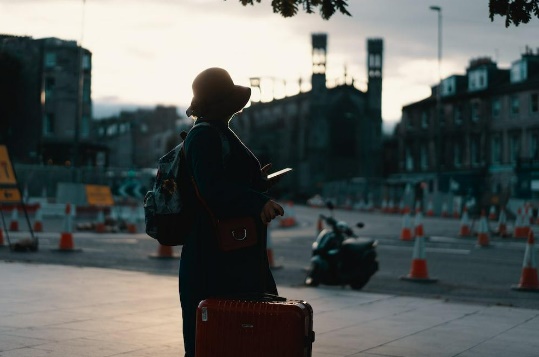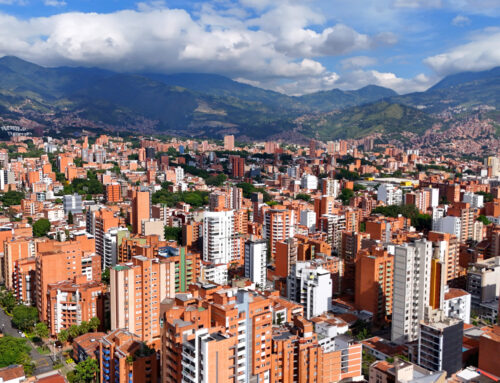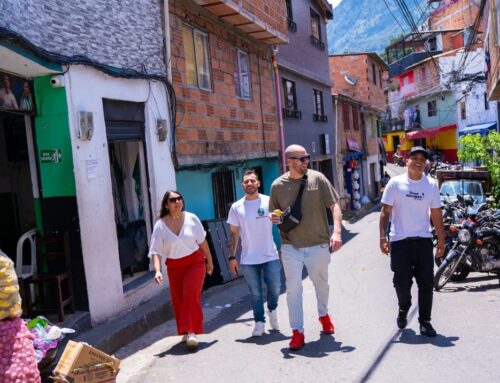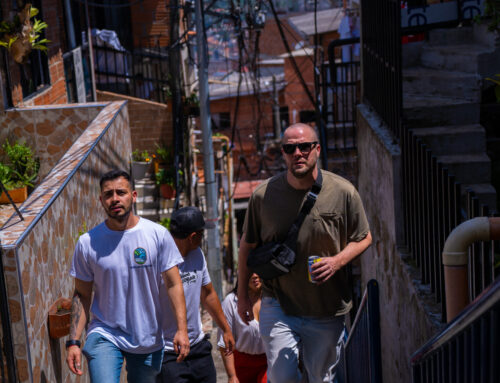
Whenever a city experiences a tourism boom, it’s common to focus on the positives – and there are usually quite a few. When this happens in developing countries, the main emphasis is on the economic benefits that nearly everyone in the city participates in. Some places have even been transformed through tourism, and that’s generally what people think of when considering cities that have become popular tourist destinations.
That being said, this isn’t the whole story. In Medellin, tourism is viewed by many as a 21st-century gold rush, and is being exploited by locals at the cost of their cultural dignity. Antioquia, the region where Medellin is located, is known for people who go all-in, no matter what they’re doing. This may be a generalization, but you can definitely see this all-or-nothing attitude in the way the tourism industry has developed in Medellin.
Some residents think that it may be a temporary obsession fueled by clever marketing, but others think that Medellin’s reputation as a popular tourist destination is here to stay. Unfortunately, the foundations of tourism in Medellin seem to be a bit shoddy. The city’s hospitality is still present, but their eagerness to make money results in a certain loss of dignity. As Alberto Lleras Camargo (a president from the mid-20th century) once said, tourism turns regions into prostitutes. Even at that point in Colombia’s history, he saw that some communities were essentially selling their souls to anyone who had money.
Is tourism in Medellin really that bad?
In theory, there shouldn’t be anything wrong with Medellin having a strong tourism industry. After all, the city has a rich history, beautiful architecture, varied museums, and friendly people – all key ingredients of a top-notch tourist destination. However, the way the industry has grown is doing a disservice to the city’s integrity, according to many locals. These days, anyone with some extra cash to spend can access whatever goods and services they want, legal or not. This isn’t just an issue of impoverished locals turning their cultural heritage into cheap T-shirts; it’s an issue of entitled tourists treating an entire city like a commodity, and being assisted by anyone who wants to make a few extra pesos.
Opponents of tourism in Medellin say that an overgrown industry is turning the city into a second Thailand – a destination where tourists can enjoy any vice without consequences. Drugs and sex workers are all too easy to find, and visitors can even pick up underage girls, spend time with them unsupervised, and drop them back off with no questions asked. In some parts of Medellin, all that’s required of the clients is to leave their passports as a guarantee. When the sex worker is returned, the passport is recovered, and the visitor goes on their way. Residents of Medellin have already objected to these practices, but the government has yet to acknowledge them, much less take action against them.
The controversy of narco-tourism in Medellin
One tourism-related controversy in Medellin has gotten international attention: the enthusiasm for narco-tourism. In Medellin, this type of tourism revolves around Pablo Escobar and his cartel, which were responsible for thousands of deaths during the years when they were operating. Escobar is a controversial figure, but it certainly doesn’t help that this notorious figure is being marketed as a point of interest for curious tourists.
In keeping with the opportunistic attitudes of Antioquians, though, there’s no shortage of tour guides, taxi drivers, souvenir vendors, and more who will promote narco-tourism to anyone who will listen. Even though they probably know someone who lost relatives to the Medellin cartel, they’ll still go on tours, recommend destinations, or sell mementos related to Pablo Escobar.
On the other hand, there’s a small but vocal minority who think fondly of Pablo Escobar tours. Not because they’re ignorant enthusiasts, but because they actually live in communities that the drug lord built for them. Escobar was well known for buying people’s loyalty, and that included using charity to gain the trust of impoverished locals. He would distribute food and cash, renovate neighborhoods, and even rebuild houses at his own expense. These communities still remember and revere Escobar, saying that the world doesn’t understand who he truly was.
How Medellin’s tourism boom is reshaping the city’s history
In many ways, Medellin is still in recovery from its violent past. Most of the families in the city have lost someone to gang-related violence, whether it was a policeman being gunned down on Escobar’s orders, or a civilian being caught in the crossfire between gang members and government forces. The memories are still strong, but at the same time, those memories are being offered up as fuel to the fire of tourism. This is painful for many in Medellin, who don’t want their personal grief to be stared at like an animal at a zoo. Narco-tourism is just one example of this; there’s a lot more to Medellin’s violent past that residents still haven’t processed.
According to Andres Felipe Tobon Villada, an official in the Medellin government, residents still haven’t been able to build a common history of events. They’ve been processing what happened on an individual level, but not collectively. Then the tourism industry comes along, and builds a lopsided narrative for visitors that isn’t necessarily true. Unfortunately, there isn’t any other narrative to present, so that’s what ends up passing for history.

Should Medellin’s tourist industry be reshaped?
Given how much this issue has already developed, it can’t simply be eliminated or restarted. Instead, it should be approached at a much larger scale than before. Rather than individuals calling out unethical or illegal practices, these things should be addressed at a community or governmental level. It isn’t that visitors should stop going on Medellin tours; it’s that the tour guides should present a more accurate narrative.
For better or for worse, tourism in Medellin is here to stay. If you’re considering touring to Medellin, don’t feel bad about being a tourist there; just make sure you’re conscious of the city’s real history, rather than the sanitized version that’s presented to tourists.




